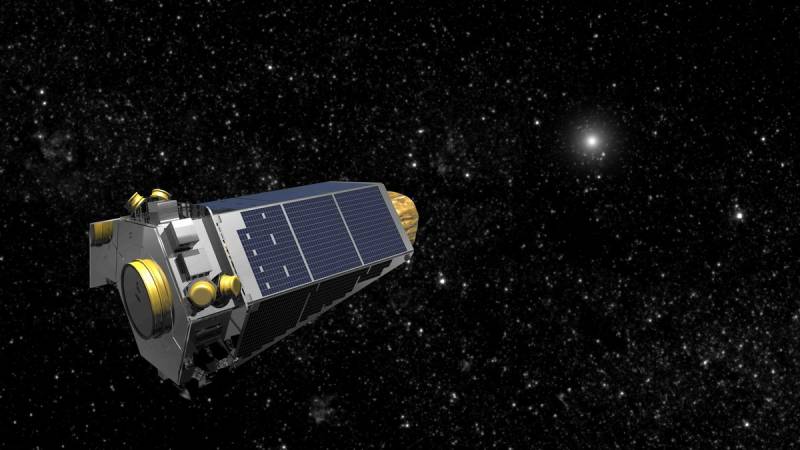While the Kelper mission is focused on discovering interesting objects thousands of light years away from Earth, NASA’s new planet hunter named as The Transiting Exopalnet Survey Satellite or TESS is all set to observe stars and find planets that are closer to our Earth, maybe just a few hundreds of light years away.
Phys.org explains that, “When a planet passes in front of, or transits, its parent star, it blocks some of the star’s light. TESS searches for these telltale dips in brightness, which can reveal the planet’s presence and provide additional information about it.” TESS will survey a large part of the sky by dividing it into 26 segments (also called tiles). Each segment will be examined for at least 27 days, gauging visible light from the brightest stars, every two minutes.
To enable astronomers in finding out if the planet is habitable, TESS will determine the sizes of planets and even the time they take to orbit their star. TESS is expected to blast off to space somewhere around 2017 or 2018. It will observe around 200,000 stars during its two year life span. According to NASA, in future, TESS will also be used to study other celestial bodies; flaring young stars, binary stars and even supermassive black holes. These other astrophysical objects will be examined in the Guest Investigator (GI) Program. “The goal of the GI program is to maximize the amount of science that comes out of the TESS.” Said Padi Boyd, director of the GI program. NASA’s upcoming James Webb Space Telescope will also be used to make classifications and follow up observations once data is retrieved from TESS.
For sure, this all-sky survey is expected to do wonders in the world of astronomical studies.






